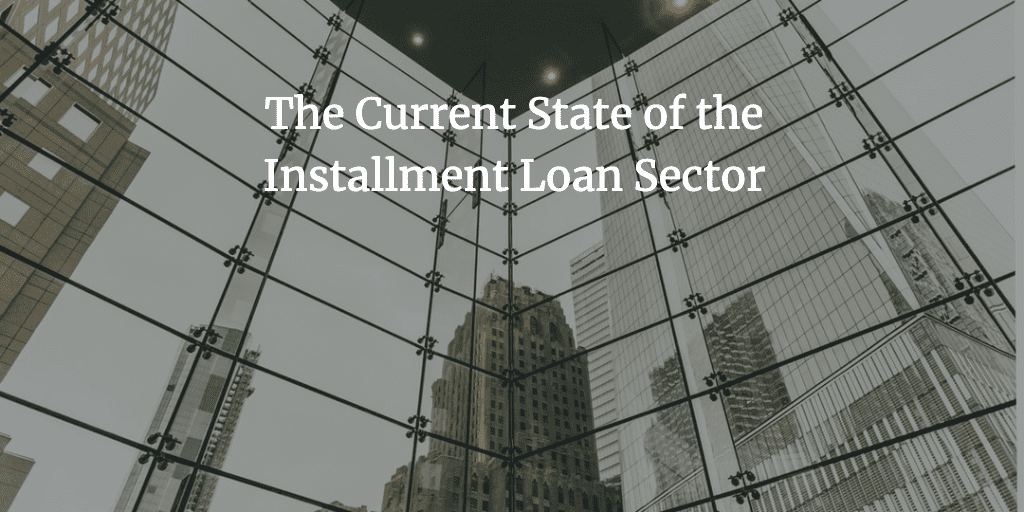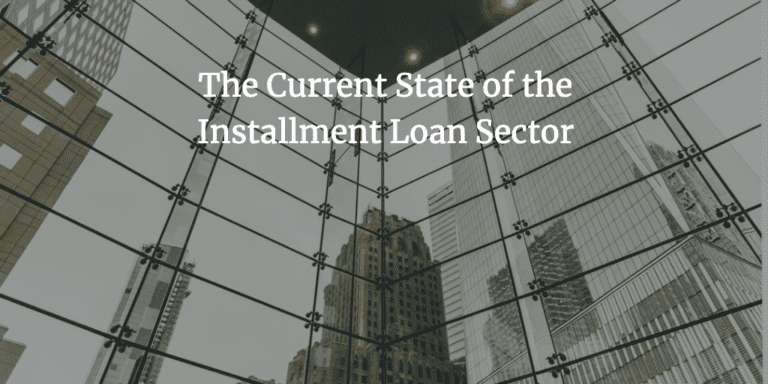
In the last month I’ve delved into the real estate fintech market and the small business lending space. The vertical that really kickstarted the online lending space, though, was personal loans, in particular installment loans. There were a few trends that led to the personal loan space taking off.
It was a much easier proposition for the first companies to tackle given it was a product with mass market appeal in a vertical largely ignored by the banks. The idea was simple, to lean on traditional underwriting techniques but bring the product online for a better customer experience.
The companies early to this space, LendingClub and Prosper were able to make it through the financial crisis relatively unscathed. While they were small at the time, their relatively conservative approach to underwriting served them well in the years to come. Some of the best years of returns for investors on LendingClub and Prosper came as the US began its recovery. The basic trend I saw at the time when I first became interested in fintech was that bringing loans into the digital age was inevitable as consumers became increasingly comfortable with transacting online. This has proved true, though at a slower pace than I originally anticipated.
Fast forward to today and the online personal loan market has grown quite significantly. What’s interesting is that the products have remained similar throughout the years. Beyond perhaps a few exceptions, the fintechs and now banks alike typically offer fixed loan terms of 3 or 5 years. In addition, direct mail still makes up a significant amount of marketing dollars for many players in the space. In the digital age this is quite surprising and something that I think will continue to shift slowly.
The Fintech Lenders
LendingClub, despite having challenges in 2016 is now the leading personal loan provider in the US. Other players fill the gaps, targeting almost every credit profile imaginable. We have companies like Avant and LendingPoint which focus on near prime consumers. LendingClub, Prosper and Upgrade have focused increasingly on prime and super-prime consumers. Mixed in we have companies like Upstart and SoFi who have catered to millennials and those who may have a thin credit profile but would otherwise be considered prime consumers. SoFi in particular is an interesting case as they look to become a household name, recently acquiring the naming rights to the NFL stadium being built in Los Angeles.
The subprime segment is still less competitive than other areas but it has also proven a difficult place to make money. Leaders here include Opploans, LendUp, Elevate and Enova. In many ways this is where the most innovation has been happening in the consumer lending space with automated underwriting and super fast loan disbursement.
The great equalizer in the industry has been the advent of aggregator sites like Credit Karma and LendingTree. Never before have consumers been able to shop around for the best rate with just a few clicks. This has meant that these online loan providers have had to look at other ways of differentiating and SoFi in my opinion has been the most successful in this area by being the first to offer a large suite of banking products. It is no longer good enough to have an online loan application, which means that alternative ways of customer acquisition have become more important. We’ve even seen companies pivot on their original business model. Upstart and Avant’s Amount launched lending as a service platforms, powering personal lending at banks around the country. While there are some amazing options out in the market today, the reality is that banks still have a lions share of the customers.
Worth mentioning is underwriting which is a key differentiator for many of these firms versus the incumbents. Upstart has been most forthcoming about their techniques receiving the CFPB’s first no-action letter allowing them to use alternative underwriting techniques. Here is a great update on the progress they have made in this area. It is companies like Upstart in my opinion who will pave the way of offering better pricing and expanding credit which is a win for the American consumer.
The Big Banks Play Ball
The turning point in the market from my perspective came when some of the big banks finally took action. Most notably this includes Goldman Sachs with the launch of Marcus, their consumer facing bank. Other banks, especially smaller ones have made incremental steps in offering an online installment loan, sometimes with the help of a fintech as mentioned above.
Marcus stands out as their entrance into the market was fast, albeit late compared to when the fintechs first began to offer loans. Marcus first began offering loans in October 2016, and crossed the $1 billion mark in just eight months. The nature of the way they entered the market didn’t come without cost as it was recently reported that they have lost a total of $1.3 billion on their consumer bank. This was a result of heavy investments in cloud infrastructure, purchasing startups, hiring and building out call centers etc. In addition the rumors are that their loan portfolio has reportedly underperformed compared to their competitors. Still, as a customer myself through their savings product I think Marcus has a bright future over the long haul as they have done what many other banks have shied away from.
Conclusion
In some ways the personal loan market has experienced significant changes over the last decade but in other ways it seems as though there should have been more innovation given some of these companies have been around for quite some time. I think there are still challenges for banks and fintechs alike to overcome, namely offering more consumer friendly and more unique products. We also haven’t yet seen autonomous finance, offering a product to save a consumer money before they even have to apply. However, these companies in aggregate have played a pivotal role in saving consumers money in the form of debt consolidation loans, as consumers have been able to move balances from other high interest debt like credit cards into installment loans.


